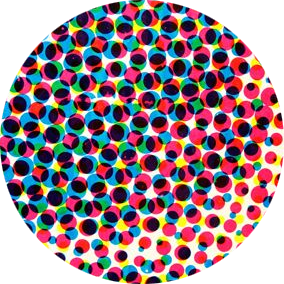Skillful Pastiche in Bill Watterson’s “Calvin & Hobbes”

Where some comic strips read like nothing that came before them, Bill Watterson’s “Calvin & Hobbes” can be read like everything that came before it, all at once – a work of pastiche that mines earlier comics greats for influence and inspiration. #CalvinandHobbes 1/7




But Calvin’s rich fantasy life is far more reminiscent of the work of Winsor McCay, whose “Little Nemo in Slumberland” from the early 1900s set the bar for building surreal fantasy worldscapes powered by the imagination of a precocious child. 5/7

At the same time, Calvin and Hobbes’ dynamic – a mixture of violence and love with each personifying extremes of approaches to life – mirrors the established symbolic vocabulary of Krazy & Ignatz from George Herriman’s “Krazy Kat” in some ways. 6/7

There’s other pieces we could trace in there as well (Pogo, Garfield, even Family Circus) but the point is just the extent to which Watterson’s genius might lie more in pastiche than in the kind of out-of-nowhere auteurism that we like to apply to great artists. 7/7
